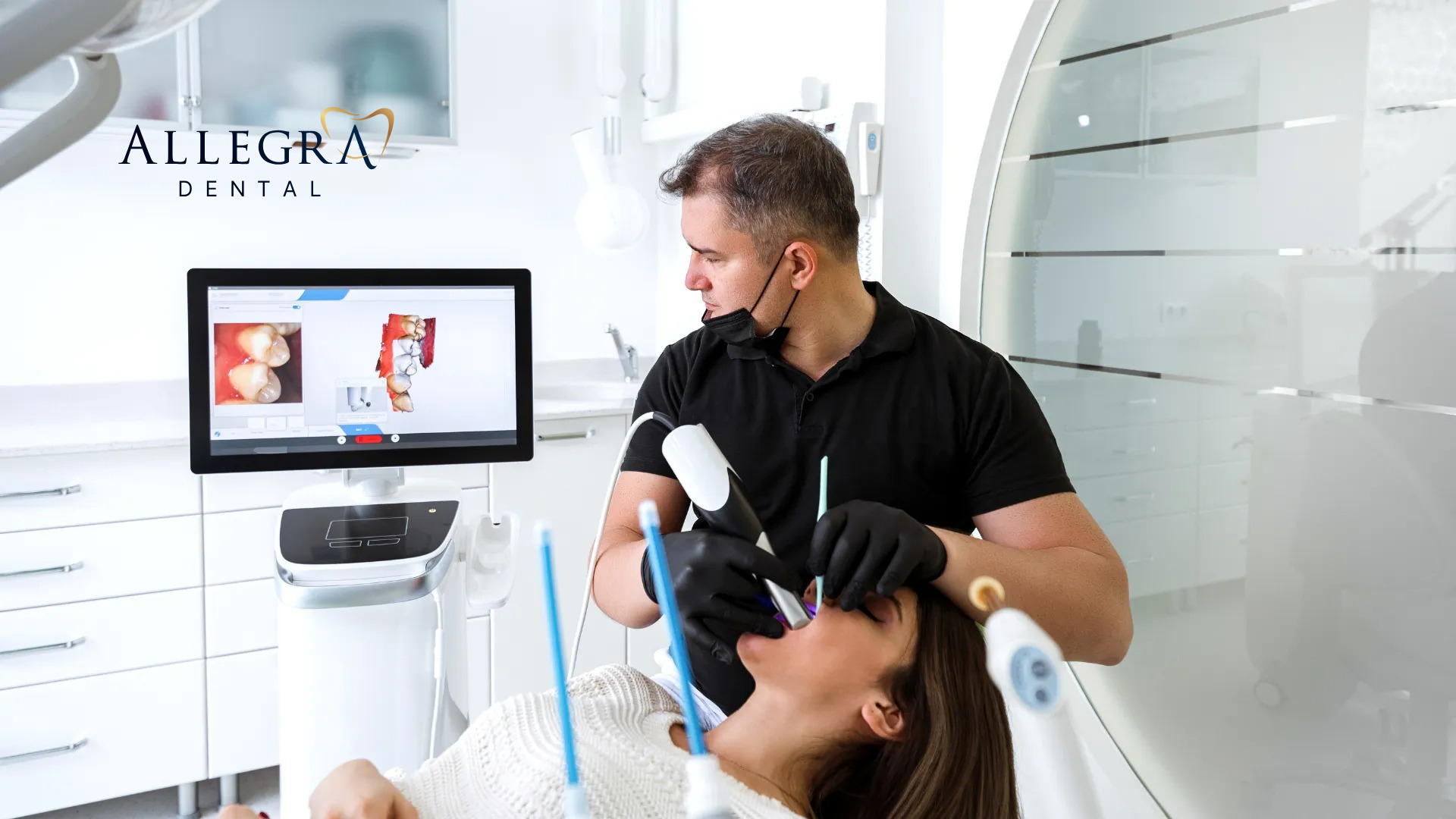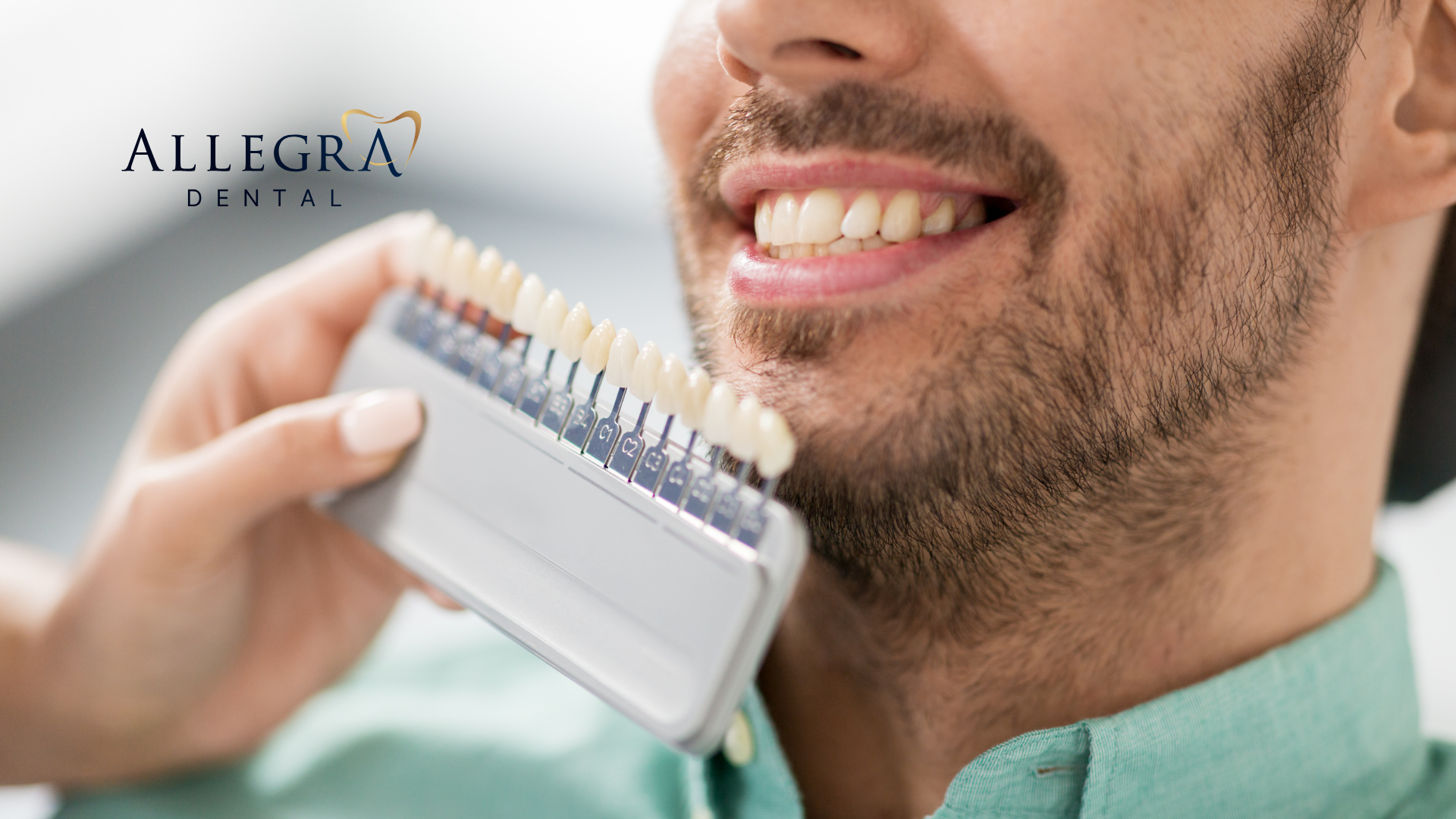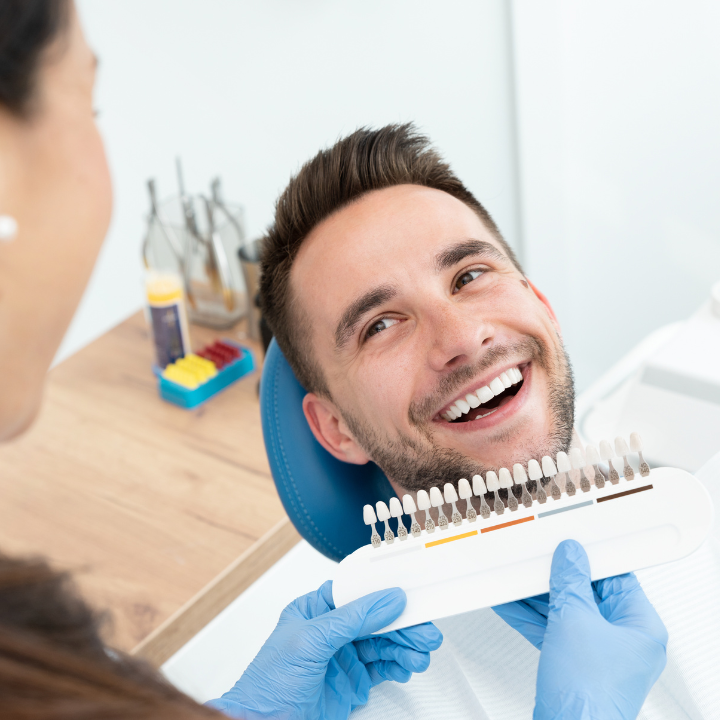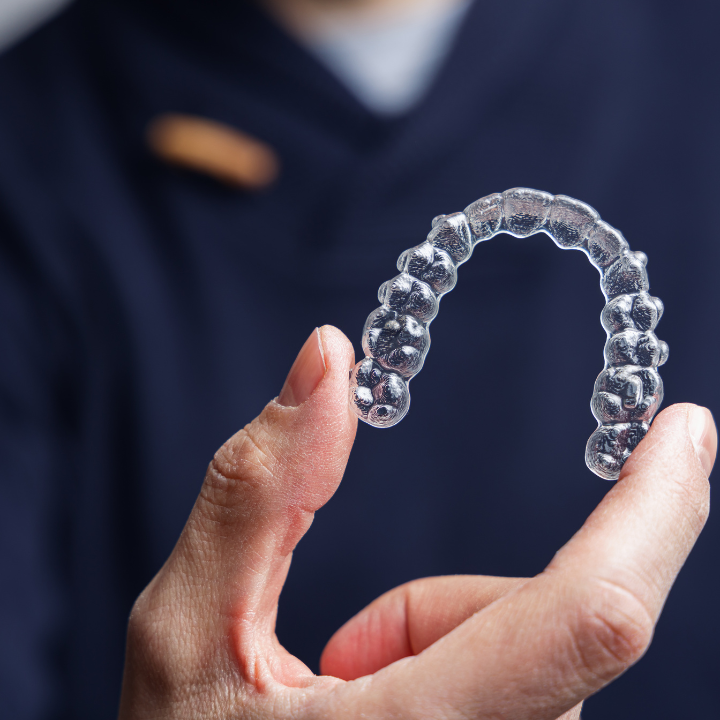Top 10 Effective Treatments for TMJ Disorder: What Really Works?
1. Physical Therapy
Physical therapy is a common and effective treatment for TMJ disorder. It focuses on improving jaw function and reducing pain through various techniques. Working with a trained therapist can help you regain movement and ease discomfort.
Benefits of Physical Therapy:
- Improves jaw mobility: Helps you move your jaw more freely.
- Reduces pain: Techniques can lessen the pain you feel in your jaw.
- Strengthens muscles: Builds strength in the muscles around your jaw.
Common Techniques Used:
- Manual therapy: Hands-on techniques to improve movement.
- Ultrasound therapy: Uses sound waves to reduce pain and swelling.
- Stretching exercises: Gentle stretches to increase flexibility.
Physical therapy helps with pain and teaches you how to take care of your jaw in the long run.
2. Occlusal Splints
Occlusal splints are custom-made dental devices that fit over your teeth. They are designed to help with TMJ disorder by reducing strain on the jaw. These splints can provide relief from pain and prevent teeth grinding.
Benefits of Occlusal Splints
- Pain Relief: They help to ease discomfort in the jaw and surrounding areas.
- Protection: Splints can protect teeth from damage caused by grinding or clenching.
- Alignment: They assist in aligning the jaw properly, which can improve overall function.
How They Work
Occlusal splints work by creating a cushion between the upper and lower teeth. This helps to:
- Reduce pressure on the jaw joint.
- Prevent teeth from grinding against each other.
- Allow the jaw muscles to relax.
An occlusal splint can be a simple yet effective way to manage TMJ symptoms. It’s essential to consult with a dentist to find the right type for your needs.
3. Pain Relief Medications
Pain relief medications can be an important part of managing TMJ disorder. These medications help reduce pain and inflammation, making it easier for individuals to go about their daily activities. Many people find relief through various types of medications. Here are some common options:
- Over-the-counter pain relievers: Include ibuprofen and acetaminophen, which can help reduce pain and swelling.
- Prescription medications: In some cases, doctors may prescribe stronger pain relievers or muscle relaxants to help manage more severe pain.
- Anti-inflammatory drugs: These medications can help decrease inflammation in the jaw area, providing additional relief.
It’s important to consult with a healthcare professional before starting any medication to ensure it’s safe and appropriate for your specific situation.
4. Stress Management Techniques
Stress can make TMJ disorder worse, so managing it is important. Finding ways to relax can help reduce jaw pain and tension. Here are some effective stress management techniques:
- Deep Breathing: Take slow, deep breaths to calm your mind and body.
- Meditation: Spend a few minutes each day focusing on your breath or a peaceful image.
- Yoga: Gentle stretching and poses can help release tension in your body.
- Mindfulness: Pay attention to the present moment without judgment, which can help reduce anxiety.
Managing stress is not just about feeling better; it can also lead to less pain and discomfort in your jaw.
By incorporating these techniques into your daily routine, you can help ease TMJ disorder symptoms.
5. Jaw Exercises
What Are Jaw Exercises?
Jaw exercises are simple movements that help strengthen and stretch the muscles around your jaw. They can be very helpful for people with TMJ disorder.
Benefits of Jaw Exercises
- Improves jaw movement: Regular exercises can help your jaw move more freely.
- Reduces pain: These exercises can lessen discomfort in the jaw area.
- Strengthens muscles: They help build strength in the jaw muscles, making them more resilient.
Simple Jaw Exercises to Try
- Jaw Stretch: Open your mouth wide and hold for 5 seconds. Repeat 5 times.
- Side-to-Side Movement: Move your jaw to the left and hold for 5 seconds, then to the right. Repeat 5 times.
- Forward Jaw Movement: Push your lower jaw forward and hold for 5 seconds. Repeat 5 times.
Regularly practicing these exercises can lead to better jaw health and less pain. Always consult with a healthcare professional before starting any new exercise routine.

6. Heat and Cold Therapy
Heat and cold therapy can be very helpful for people with TMJ disorder. These methods can reduce pain and swelling, making it easier to move your jaw. Using heat or cold can provide quick relief from discomfort.
Benefits of Heat Therapy
- Increases blood flow to the area, which helps healing.
- Relaxes muscles, reducing tension in the jaw.
- Can be applied using a warm towel or heating pad.
Benefits of Cold Therapy
- Reduces swelling and numbs sharp pain.
- Can be applied using an ice pack wrapped in a cloth.
- Helps to decrease inflammation in the jaw area.
How to Use Heat and Cold Therapy
- Start with cold therapy for the first 24-48 hours after experiencing pain.
- Switch to heat therapy after the initial swelling goes down.
- Apply for 15-20 minutes at a time, allowing breaks in between.
Using heat and cold therapy can be a simple yet effective way to manage TMJ pain. It’s important to listen to your body and see what works best for you.
7. Botox Injections
Botox injections are becoming a popular option for treating TMJ disorder. This treatment can help reduce pain and improve jaw function. Here are some key points to consider:
- How it works: Botox is injected into the muscles around the jaw. This helps to relax the muscles, which can reduce tension and pain.
- Benefits: Many people experience less pain, improved jaw movement, and a decrease in headaches after receiving Botox.
- Duration: The effects of Botox usually last for about three to six months, so repeat treatments may be necessary.
Botox injections can be a helpful part of a larger treatment plan for TMJ disorder. Always consult with a healthcare professional to see if this option is right for you.
8. Dental Adjustments
Dental adjustments can play a significant role in treating TMJ disorder. These adjustments are often made by a dentist to help align the jaw properly and reduce discomfort. Proper alignment can lead to less pain and better jaw function. Here are some common types of dental adjustments:
- Bite Adjustments: Modifying the way your teeth come together can relieve pressure on the jaw.
- Orthodontic Treatments: Braces or other devices can help straighten teeth and improve jaw alignment.
- Restorative Procedures: Fixing damaged teeth or replacing missing ones can also help with jaw function.
Dental adjustments are not just about fixing teeth; they can also help improve your overall jaw health.
If you're considering dental adjustments, it's essential to consult with a professional like Allegra Dental, who specializes in general dentistry and TMJ treatments.
9. Acupuncture
Acupuncture is a treatment that involves inserting thin needles into specific points on the body. This method is believed to help relieve pain and improve function in people with TMJ disorder. Many patients report feeling less pain and more relaxed after sessions.
Benefits of Acupuncture for TMJ Disorder:
- Reduces pain and discomfort in the jaw area.
- Helps to relax muscles around the jaw.
- May improve overall jaw movement and function.
What to Expect During an Acupuncture Session:
- A trained acupuncturist will assess your condition.
- They will insert needles into specific points, usually in the face and neck.
- You will relax for about 20-30 minutes while the needles are in place.
Acupuncture can be a helpful option for those looking for natural ways to manage TMJ symptoms. It’s important to consult with a healthcare provider to see if it’s right for you.
10. Surgery
Surgery is often considered a last resort for treating TMJ disorder when other methods have not worked. It can help relieve severe pain and restore jaw function. Here are some common surgical options:
- Arthrocentesis: This is a minimally invasive procedure where a doctor injects fluid into the joint to wash out debris and reduce inflammation.
- Arthroscopy: A small camera is inserted into the joint to see inside and repair any damage.
- Open-joint surgery: This is a more invasive option where the joint is opened up to fix problems directly.
Surgery can be a big step, and it’s important to discuss all options with your doctor before deciding.
While surgery can be effective, it also comes with risks and recovery time. Always consider it after trying other treatments.
Conclusion
In summary, dealing with TMJ disorder can be challenging, but there are many treatments that can help. From simple home remedies to professional therapies, each option has its own benefits. It's important to find what works best for you, as everyone's experience with TMJ is different. Always talk to a healthcare provider before starting any treatment. With the right approach, you can manage your symptoms and improve your quality of life.
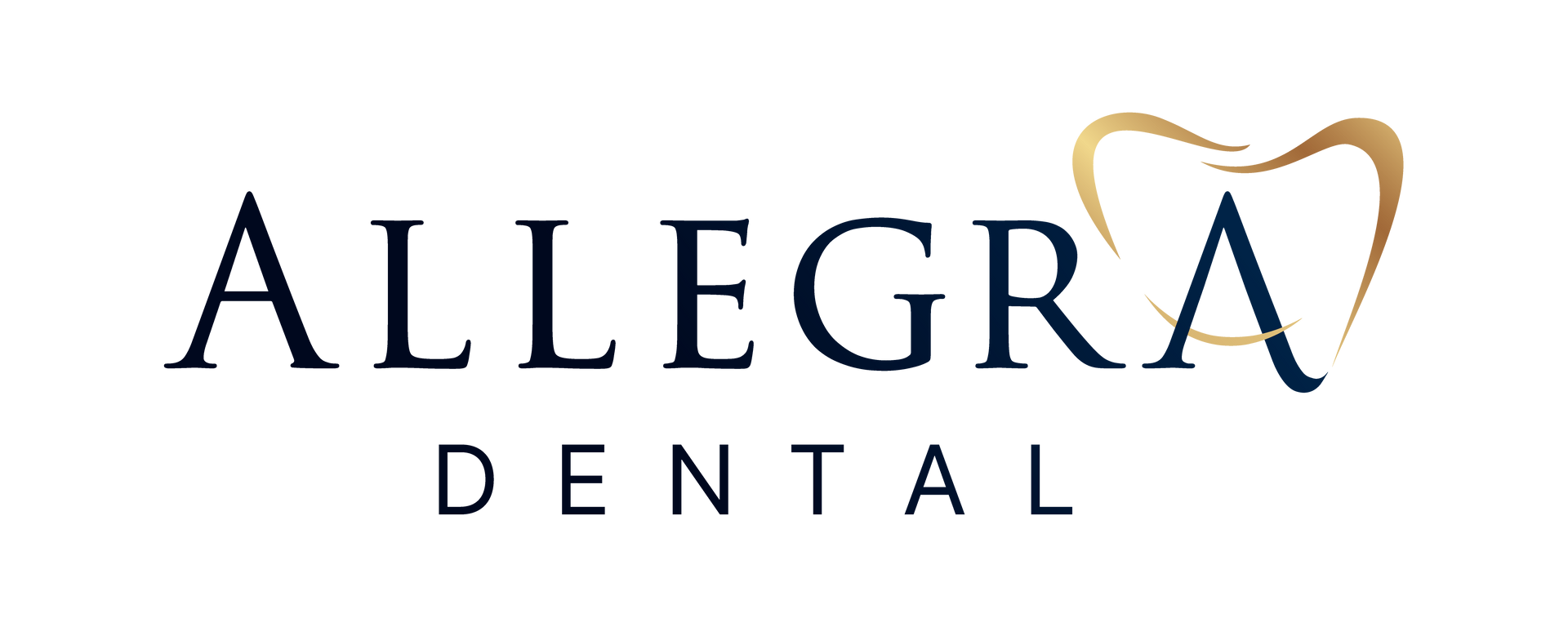
Recent Posts
Hours & Address
Mon to Thu: 9:00 am - 6:00 pm
Fri: Closed
Sat: 9:00 am - 3:00 pm
Sun: Closed
© 2024 All Rights Reserved | Allegra Dental
